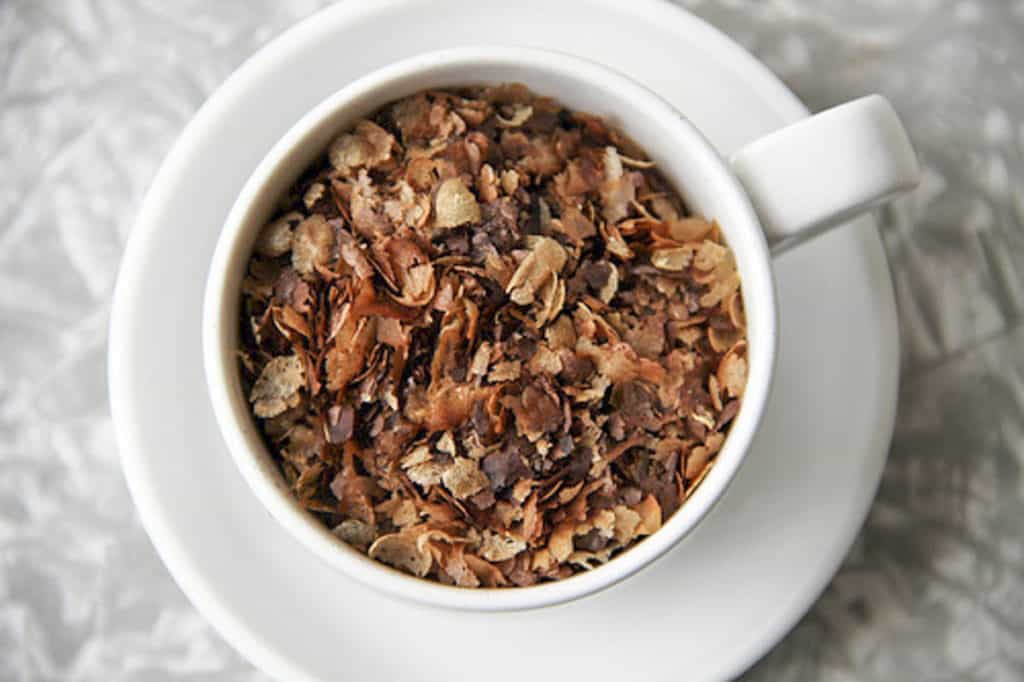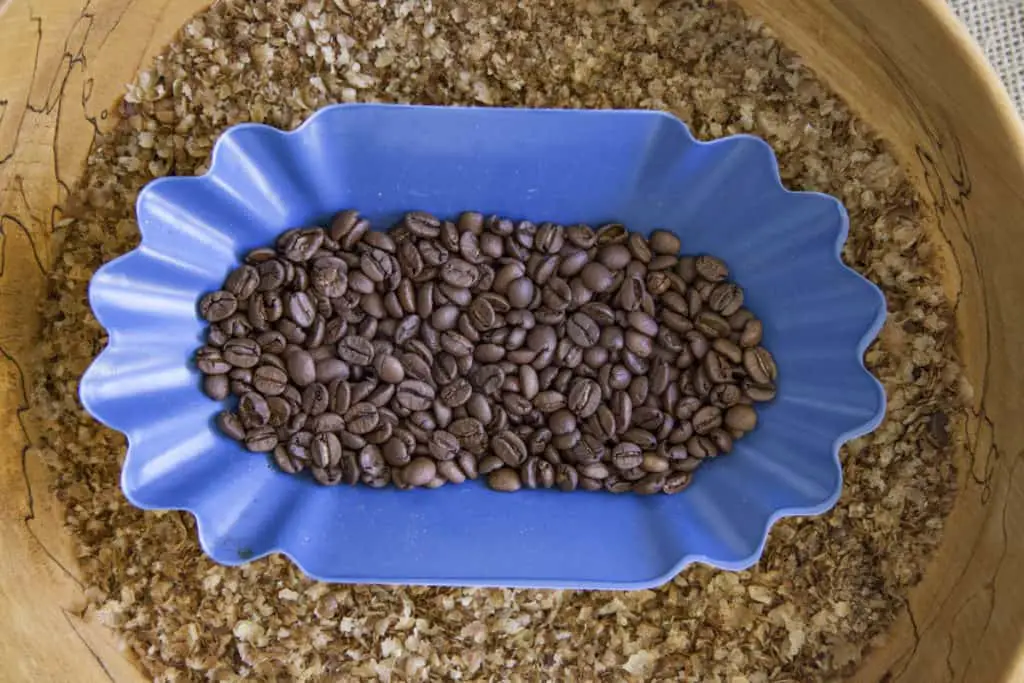
Coffee chaff might seem like just a messy byproduct of roasting, but it’s got potential that’s worth exploring. It’s the papery skin that flakes off coffee beans during roasting, and while it’s a headache for roasters, it can be a resource for gardeners, farmers, and even creative upcyclers. Let’s break down what chaff is, how it’s produced, and how you can put it to use.
What Is Coffee Chaff, Anyway?
Coffee chaff is the thin, dry silverskin that sheds from coffee beans when they’re roasted. As the beans heat up and expand, this layer peels off, turning light brown or golden. It’s not the “green skin” of unroasted beans, but a papery byproduct that roasters deal with in bulk. Chaff is light, fluffy, and gets everywhere, clogging equipment if not collected properly.
It’s also flammable, making it a fire hazard if mishandled. Most roasters use chaff collectors to keep it under control, but they often see it as waste. That’s where you come in—chaff can be repurposed in ways that benefit your garden and beyond.
How Is Coffee Chaff Produced?
Chaff isn’t something you make; it’s a natural result of roasting coffee. When beans hit high temperatures, the silverskin falls off without any peeling or extra effort. Home roasters often have machines that collect chaff automatically, while commercial setups use larger filtration systems.
If you buy pre-roasted beans or instant coffee, the chaff’s already gone, so you’ll never see it. The coffee industry churns out billions of tons of byproducts yearly, and chaff is a big part of that, making its reuse a practical step toward sustainability.
Uses for Coffee Chaff: Beyond the Trash Bin

Chaff has more uses than you might think, from gardening to niche industrial applications. Here’s how you can put it to work:
1. Compost and Fertilizer
Chaff is a gardener’s ally. It’s organic, packed with nitrogen, and breaks down fast, making it perfect for compost piles or as a soil booster. It’s great for vegetables like tomatoes, cucumbers, and peppers, and its texture and faint coffee scent can deter pests like slugs and snails. With a carbon-to-nitrogen ratio of about 17:1 to 30:1, chaff counts as a “green” in composting, not a “brown” like sawdust.
Mix it with other compost materials to avoid it matting into a slimy layer that blocks air and water. As mulch, use it lightly in autumn to protect soil, then work it into the ground in spring. Just don’t overdo it—too much chaff can form a barrier that keeps water and oxygen from plant roots.
2. Animal Bedding
Chaff can serve as bedding for chickens, rabbits, or other small animals, though it’s not common. It’s absorbent, biodegradable, and can repel pests, but it’s best mixed with wood shavings to keep it from scattering or sticking to food and water. While cheaper bedding options exist, chaff is a solid choice if you’ve got a free supply from a local roaster.
3. Biofuel and Briquettes
Chaff’s flammability makes it a candidate for biofuel. Some roasters compress it into briquettes or pellets for BBQs or even to fuel solid-fuel coffee roasters. Tests show chaff with low moisture (under 14%) burns efficiently, offering a sustainable alternative to traditional fuels. It also works as a fire starter for kindling, perfect for camping or backyard fires.
4. Industrial Applications
Surprisingly, chaff is popping up in manufacturing. Ford has used it in plastic composites for car headlamp housings, proving it’s a lightweight, eco-friendly material. While this isn’t something you’ll do at home, it shows chaff’s potential in reducing waste on a larger scale.
5. Culinary Uses (Limited)
Chaff isn’t a go-to for cooking—it’s woody and bitter. Some roasters have tried using it as an ice cream topping or in syrups, but it needs heavy processing to be palatable. Note that chaff isn’t used for cascara syrup, which comes from the coffee cherry’s husk, not the silverskin. If you’re curious about coffee-based sweeteners, stick to cascara for now.
Here’s a quick look at chaff’s versatility:
| Use Case | Benefits | Considerations |
|---|---|---|
| Compost/Fertilizer | Nitrogen-rich, pest-repellent | Avoid overuse to prevent matting |
| Animal Bedding | Absorbent, pest-deterring | Mix with shavings to avoid scattering |
| Biofuel/Briquettes | Sustainable fuel source | Requires processing equipment |
| Culinary (Rare) | Adds unique flavor (with processing) | Bitter taste, not ideal for most uses |
| Industrial | Used in plastics, car parts | Limited to large-scale applications |
Where to Get Coffee Chaff
Local roasters are your best bet for chaff—many give it away for free or sell it cheap because they produce so much. For example, some roasters generate hundreds of pounds weekly, often sharing it with farmers or community gardens.
Online, chaff is available through sites like Amazon or roaster websites, though it’s still a niche product. If you’re near a roastery, call ahead; they’ll likely be glad to offload some. Community efforts, like composting programs in some cities, are also making chaff more accessible.
Chaff and Sustainability: A Bigger Picture
Chaff is part of a larger push to make coffee production less wasteful. The industry generates billions of tons of byproducts annually, and sending chaff to landfills can release methane as it decomposes. By repurposing it for compost, biofuel, or even car parts, roasters are reducing their environmental footprint. This fits with trends like compostable packaging and renewable energy in roasteries.
Some roasters distribute chaff to local gardens, turning waste into a community asset. Every bit of chaff reused is a step toward a more sustainable coffee industry.
Final Thoughts
Coffee chaff is more than roastery trash—it’s a resource with real potential. Whether you’re enriching your compost, bedding down animals, or experimenting with biofuel, it’s a practical way to cut waste. Next time you’re at your local roaster, ask about their chaff. You might walk away with a free bag of garden gold.

